Contributed by: Kentucky Department of Education (KDE)
PERFORMANCE ASSESSMENT STUDENT INSTRUCTION/RESPONSE FORM
| TASK: S/SS1 "Best Place in the United States to Live" |
|
GRADE 12 |
| STUDENT NAME:_______________________________________________
|
| SCHOOL NAME:________________________________________________
|
GENERAL INSTRUCTIONS:
The purpose of this task is to use the information provided to make
a logical decision about the best place to live in the United States.
You will be working in a group of four to accomplish this task. READ
AND FOLLOW ALL INSTRUCTIONS CAREFULLY AS YOU COMPLETE THIS TASK.
MATERIALS:
- set of maps, graphs, and data sheets
- one set of acetate U.S. map sheets (for group use)
- marker set
INSTRUCTIONS:
- During the next 20 minutes, your group will examine the
materials, discuss them, work with them, and reach a group
decision about the best place to live in the United States.
During this time, each person in your group should complete
question 1. Your group should complete this question together.
After 20 minutes, group work will end. The test facilitator
will instruct you to begin your individual work.
YOU WILL HAVE APPROXIMATELY 25 MINUTES TO ANSWER QUESTIONS
2 THROUGH 6
- According to your group, where would be the best place
in the United States to live? Describe the factors your group
discussed and explain the reasoning you used in reaching your
final decision. Be sure to indicate the relative importance
of each factor in your decision process.
_______________________________________________
_______________________________________________
_______________________________________________
_______________________________________________
_______________________________________________
Your test facilitator will signal the end of group work after
30 minutes. You will then open this test booklet and complete
pages 2 and 3 by yourself. You may not begin pages 2 and
3 until your test facilitator tells you to open your test
booklet. DO NOT OPEN THIS TEST BOOKLET UNTIL YOUR TEST FACILITATOR
TELLS YOU TO DO SO.
- Describe several other factors that you need to consider
to make an informed decision on the best place to live in
the United States.
_______________________________________________
_______________________________________________
_______________________________________________
- Using the data from this activity, define five levels of
risk, scaled from greatest to least. Develop a table to show
how you analyzed your data to arrive at the risk calculate
for each of the five levels. Then indicate on the map, through
shading or other means, the various levels of risk in areas
across the United States.
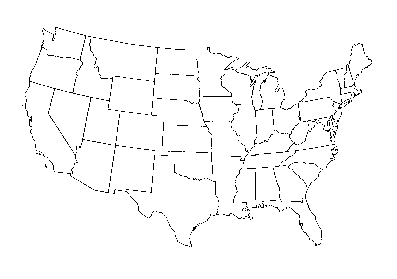 |
______________________________
______________________________
______________________________
______________________________
______________________________
______________________________
|
- Discuss reasons why people might continue to live in areas
that are potential danger zones for natural disasters.
_______________________________________________
_______________________________________________
_______________________________________________
- Choose one of the natural disaster maps and describe what
causes this type of event. Give a detailed scientific explanation.
_______________________________________________
_______________________________________________
_______________________________________________
- Describe a technological advancement that has been developed
to allow people to live in a danger zone. Explain the scientific
principles involved in that technology.
_______________________________________________
_______________________________________________
_______________________________________________
| Kentucky Department of Education |
|
Performance Events, 1992-93 |


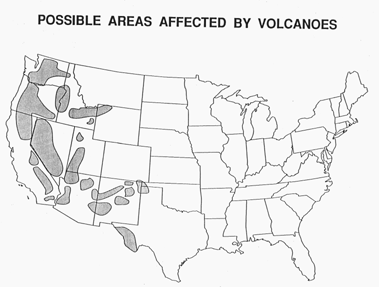
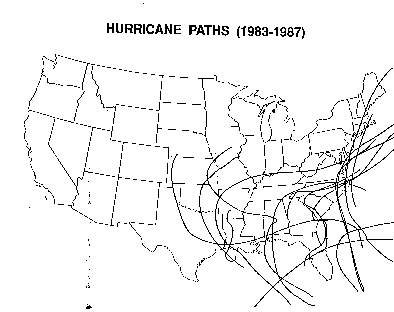
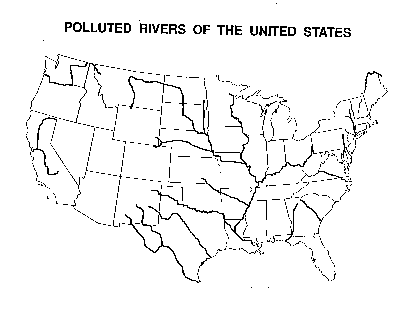
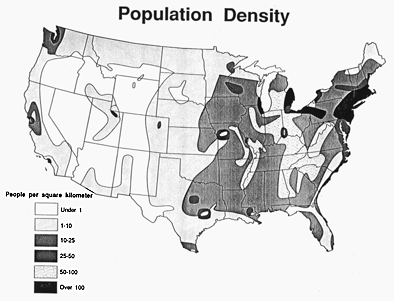
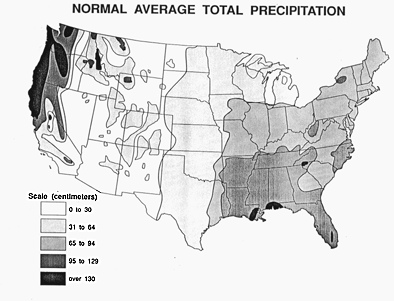
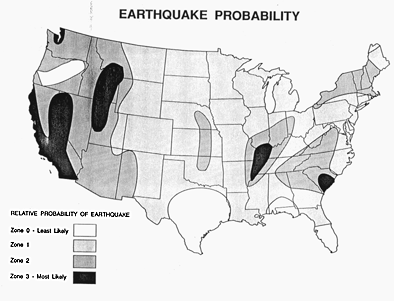
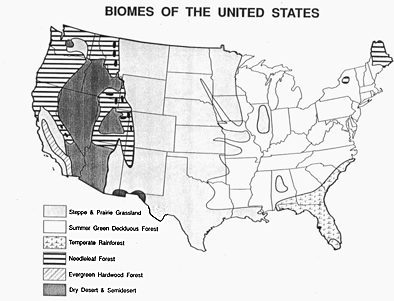
Applicable information about natural disasters:
Volcano - a place on the earth's surface from which gases, molten
rock, and fragmentary materials have been extruded.
- begins when molten rock invades crust
- generally occurs within or near the two great zones of
recent mountain building (Alpine-Himalayan zone - Mediterranean-Caspian
Sea-Himalaya-Malay Peninsula - and along Pacific Ocean), also
some in Atlantic, Pacific, and Indian Oceans
- usually ascends through deep fractures in earth's crust
No definite proof exists about the exact cause of volcanoes.
Earthquake - movement of tectonic plates along fault lines.
Tornado - a small, extremely intense whirlwind, formed by a severe
thunderstorm, that contains extremely low air pressure. Usually
occurs when there is warm, moist air at low altitudes and cold
air with high winds at higher altitudes, often along a cold front.
Sometimes associated with hurricanes.
Hurricane - a large, rotating tropical storm that forms over warm
waters near the equator. Winds must exceed 73 mph to be classified
as a hurricane, and must be accompanied by very low air pressure,
torrential rains, flooding, and sometimes tornadoes. Storm rotates
counterclockwise (in northern hemisphere) around a central area
of calm.
Polluted river - pollution may be from natural (e.g., animal waster
products, debris, sediments) or man-made causes (e.g. chemicals,
garbage, run-off from other sources, etc.)
|
|










